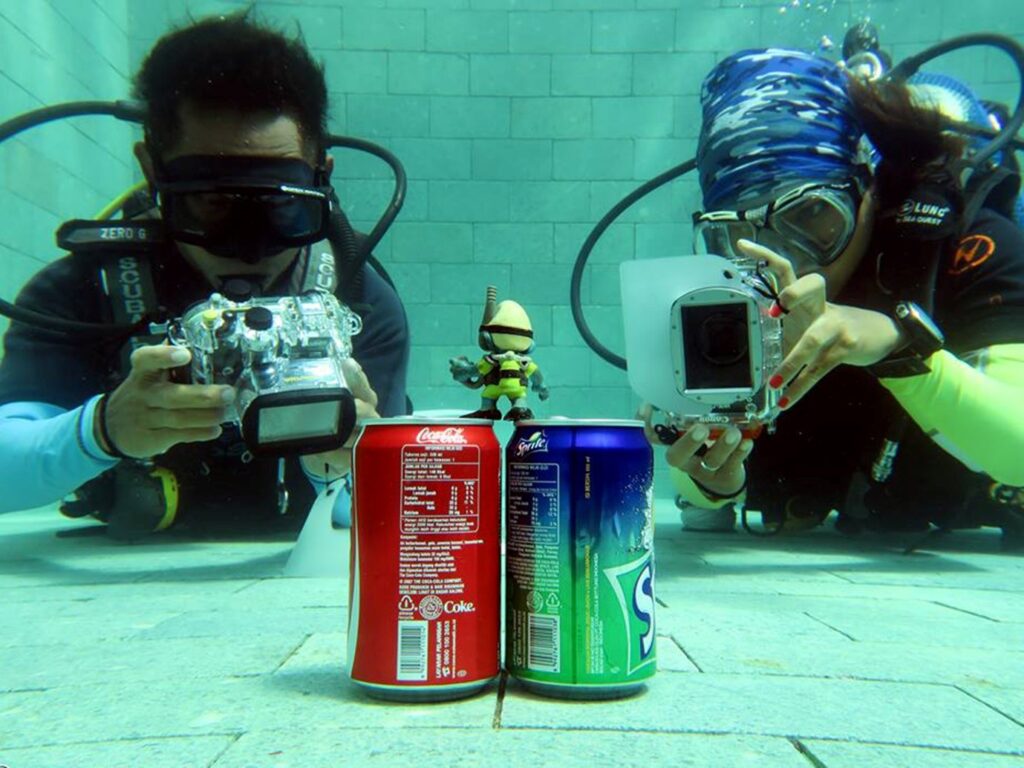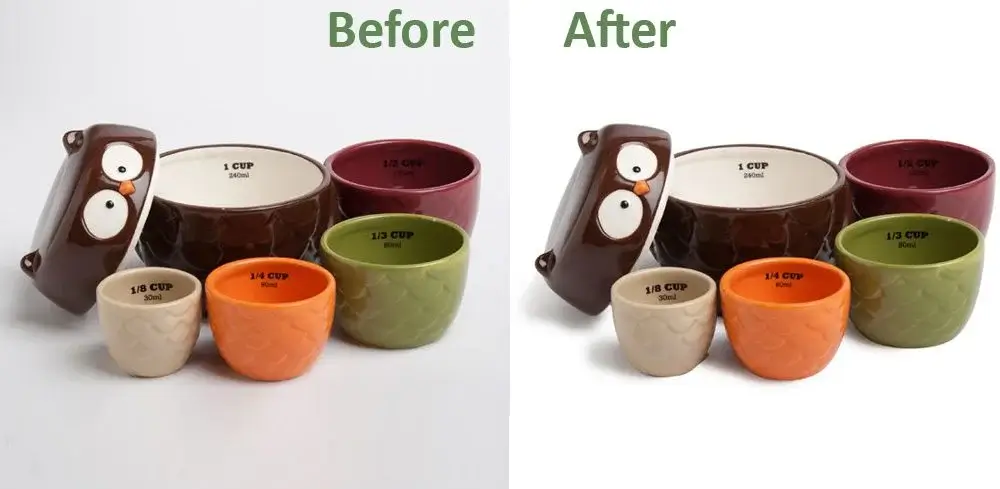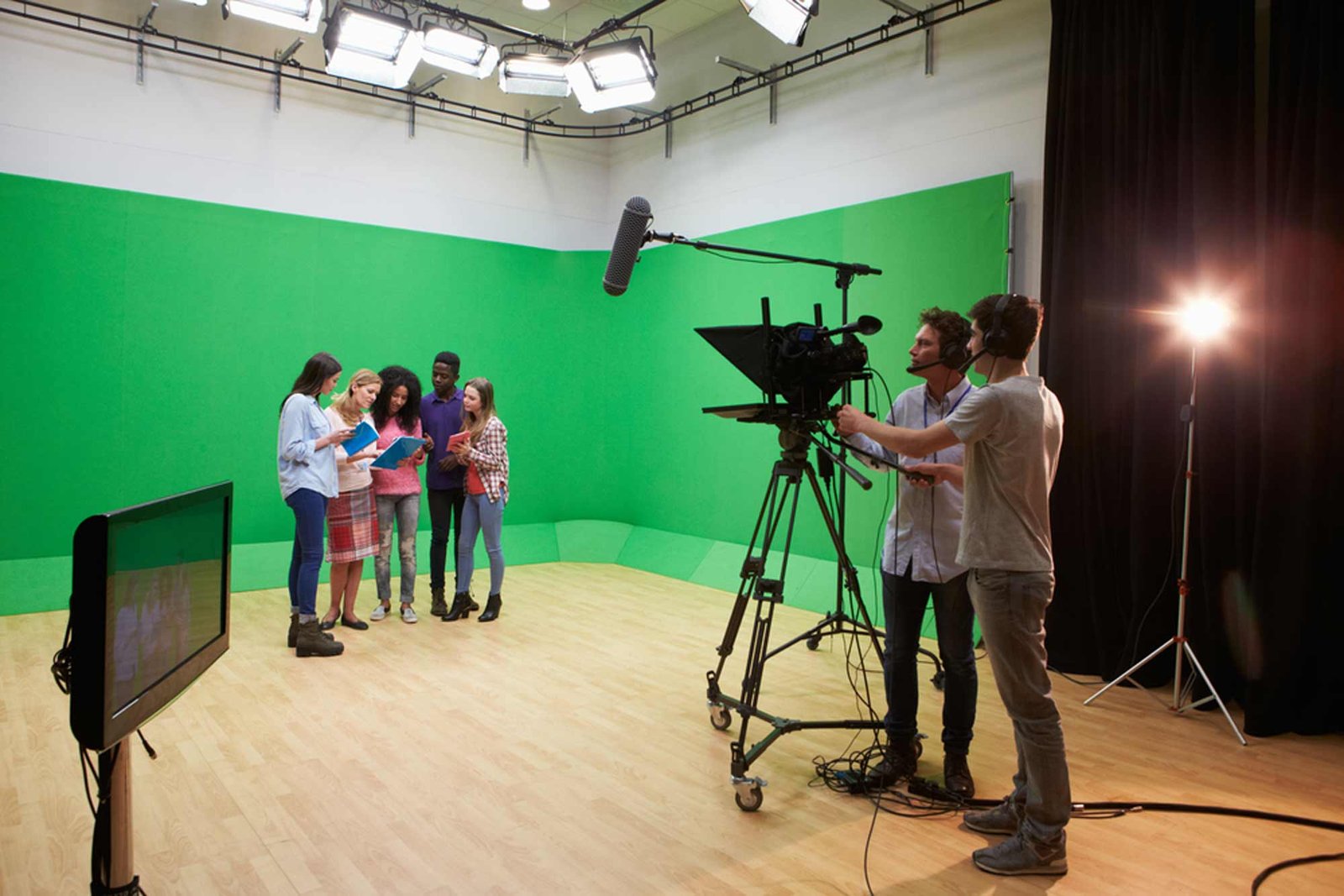How to Edit Underwater Photos
Editing underwater photos can be challenging due to unique lighting conditions and color distortions. Here’s an in-depth guide to help you enhance your underwater images, making them vibrant and captivating.
Color Correction
Understanding Color Distortions Underwater
Water absorbs light and alters colors, primarily by filtering out reds and yellows and enhancing blues and greens. This phenomenon creates the characteristic blue or green cast in underwater photos. Proper color correction is crucial to restore the natural hues of your subjects.
Steps for Effective Color Correction
White Balance Adjustment: Start by correcting the white balance. Most photo editing software, such as Adobe Lightroom or Photoshop, allows you to adjust the white balance either automatically or manually. If you’re using Lightroom, use the dropper tool to select a neutral gray or white area in your photo to set the white balance accurately.
Temperature and Tint Adjustments: Fine-tune the temperature and tint settings. Increase the temperature to add warmth to the photo, counteracting the blue cast. Adjust the tint towards magenta to balance out the greenish hues often found in underwater shots.
Using Curves and Levels: For more advanced users, adjusting the curves and levels can provide precise control over color correction. Adjust the RGB channels individually to fine-tune the colors, ensuring that your image looks natural.
Enhancing Specific Colors: Utilize the HSL (Hue, Saturation, Luminance) sliders to target specific colors. Increase the red and yellow saturation to bring back the natural tones of your subject. Adjust the luminance to brighten or darken specific colors, enhancing the overall look.
Enhance Exposure
Addressing Underexposure in Underwater Photography
Underwater environments often lack adequate lighting, leading to underexposed photos. Enhancing exposure is essential to reveal the details hidden in the shadows and create a well-balanced image.
Steps to Improve Exposure
Adjusting Overall Exposure: Begin by increasing the overall exposure to brighten the image. In Adobe Lightroom, this can be done using the Exposure slider. Ensure that you do not overexpose the highlights while adjusting.
Balancing Shadows and Highlights: Use the Shadows and Highlights sliders to fine-tune the exposure. Increase the shadows to bring out details in the darker areas, and decrease the highlights to prevent overexposure. This technique helps in achieving a balanced exposure throughout the image.
Using the Histogram: Keep an eye on the histogram to ensure a balanced exposure. The histogram should have a good spread of tones from dark to light, without significant clipping on either end.
Utilizing Graduated and Radial Filters: For selective exposure adjustments, use graduated and radial filters. These tools allow you to target specific areas of the photo, enhancing the exposure where needed without affecting the entire image.
Improve Contrast
Why Contrast Matters in Underwater Photos
Contrast enhancement adds depth and dimension to your photos, making them more visually appealing. Proper contrast adjustment can make the colors pop and highlight the intricate details of your underwater subjects.
Steps to Enhance Contrast
Basic Contrast Adjustment: Start by adjusting the contrast slider. Increasing contrast enhances the difference between the light and dark areas of your photo, adding depth and vibrancy.
Using Clarity and Dehaze: The clarity slider increases the midtone contrast, making details more pronounced. The dehaze slider is particularly useful for underwater photos, as it reduces the hazy effect caused by water particles, enhancing the overall clarity.
Curves for Advanced Contrast Control: For more control, use the curves tool. Create an S-curve by lifting the highlights and deepening the shadows. This technique enhances contrast more naturally and allows for fine-tuning specific tonal ranges.
Selective Contrast with Masks: Use masks to apply contrast adjustments selectively. In Adobe Photoshop, create a layer mask to target specific areas, enhancing contrast where needed without affecting the entire image.
Refine Colors
Enhancing the Natural Beauty of Underwater Subjects
Refining colors in underwater photos involves adjusting vibrance and saturation to bring out the true beauty of the scene. Proper color enhancement ensures that the vividness of marine life and underwater landscapes is accurately represented.
Steps to Refine Colors
Increasing Vibrance and Saturation: Use the vibrance slider to enhance the colors selectively, targeting the muted tones without oversaturating the entire image. The saturation slider can then be used to increase the overall color intensity. Be cautious not to oversaturate, as it can make the image look unnatural.
HSL Adjustments: The HSL (Hue, Saturation, Luminance) panel allows for precise color control. Adjust the hue to correct any color shifts, increase saturation to make the colors pop, and tweak the luminance to control the brightness of specific colors.
Selective Color Adjustments: Use tools like Adobe Photoshop’s Selective Color adjustment to fine-tune specific colors. This technique is particularly useful for enhancing specific elements, such as coral reefs or fish, without affecting the entire image.
Color Grading for Artistic Effect: Apply color grading techniques to create a specific mood or style. For instance, adding a slight teal and orange look can enhance the cinematic quality of your underwater photos.
Noise Reduction
Dealing with Noise in Underwater Photos
Underwater photos often suffer from noise due to high ISO settings and low light conditions. Noise reduction is crucial to smooth out grainy areas and enhance the overall quality of the image.
Steps for Effective Noise Reduction
Initial Noise Reduction: Start by applying a general noise reduction filter. In Adobe Lightroom, use the Noise Reduction sliders in the Detail panel. Increase the Luminance slider to reduce grain, and adjust the Detail slider to preserve the image’s fine details.
Color Noise Reduction: Color noise appears as speckles of different colors. Use the Color Noise Reduction slider to smooth out these color artifacts, ensuring a cleaner image.
Balancing Noise Reduction and Sharpness: Noise reduction can sometimes soften the image. To counteract this, use the sharpening tools to enhance the edges and details. Adjust the Amount, Radius, and Detail sliders in Lightroom to achieve a balance between noise reduction and sharpness.
Selective Noise Reduction: Apply noise reduction selectively to avoid softening important details. In Adobe Photoshop, use layer masks to target specific areas with noise issues, preserving the overall sharpness of the image.
Sharpen the Image
Enhancing the Clarity of Underwater Photos
Underwater photos can appear soft due to water movement and low light. Sharpening the image enhances the clarity and makes the details more pronounced, ensuring your photos look crisp and professional.
Steps to Sharpen Underwater Photos
Basic Sharpening: Start with the basic sharpening tools. In Adobe Lightroom, use the Sharpening sliders in the Detail panel. Adjust the Amount slider to increase overall sharpness, the Radius slider to control the area around the edges, and the Detail slider to fine-tune the sharpening effect.
Advanced Sharpening Techniques: Use advanced techniques like High Pass Filter in Adobe Photoshop. Duplicate the layer, apply the High Pass Filter, and set the blend mode to Overlay. This method enhances the edges without introducing noise.
Selective Sharpening: Apply sharpening selectively to areas that need it most. In Photoshop, use layer masks to target specific areas, ensuring that you do not introduce noise in uniform regions like water.
Edge Masking: Create an edge mask to sharpen only the edges while protecting smooth areas from noise. In Lightroom, hold the Alt key while adjusting the Masking slider in the Detail panel to visualize and control the areas being sharpened.
Crop and Straighten
Improving Composition and Focus
Cropping and straightening your underwater photos can significantly enhance their composition, drawing attention to the main subjects and eliminating distractions. This step is essential for creating visually appealing and well-balanced images.
Steps to Crop and Straighten Underwater Photos
Using the Crop Tool: Start by using the crop tool to improve the composition. In Adobe Lightroom, select the Crop tool and adjust the frame to remove any distracting elements. Focus on the rule of thirds to place the main subjects at intersecting points, enhancing the visual balance.
Straightening the Horizon: Ensure the horizon is level to create a balanced and professional look. Use the Straighten tool within the Crop tool in Lightroom to align the horizon. For more precise control, use the angle slider.
Aspect Ratio Adjustments: Adjust the aspect ratio to fit the intended use of the photo. Whether it’s for social media, print, or digital display, choose an aspect ratio that best suits your needs. Lightroom offers various preset aspect ratios, or you can create a custom one.
Fine-Tuning the Composition: Experiment with different crop compositions to find the most visually appealing one. Don’t hesitate to try unconventional crops that can add a unique perspective to your underwater photos.
Additional Tips on How to Edit Underwater Photos
Shoot in RAW: Always shoot in RAW format to retain the maximum amount of data for editing. RAW files provide greater flexibility in post-processing, allowing for more detailed adjustments.
Use Filters: Consider using red filters while shooting to balance out the blue/green hues in the water. This can significantly reduce the amount of color correction needed during editing.
Practice and Experiment: Editing underwater photos takes practice. Experiment with different settings and tools to find what works best for your specific images. Each photo may require a unique approach, so don’t hesitate to try various techniques.
By following these detailed steps and using the recommended software, you can effectively edit your underwater photos, enhancing their quality and making the most of the unique beauty of underwater photography.
I hope this comprehensive guide helps you in editing underwater photos effectively. If you need any further assistance or more detailed information on any specific step, feel free to ask!




